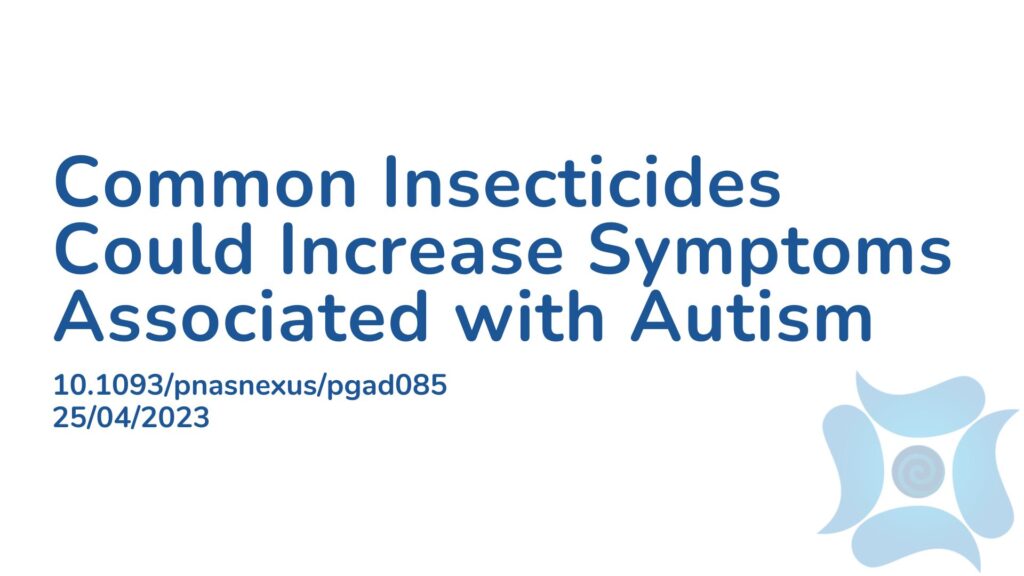Summary:
Neuro-developmental disorders impact up to 17% of children in the United States. Recent research has linked pre-natal exposure to pesticides, such as deltamethrin, with an increased risk of neuro-developmental disorders in offspring. This study, which is an animal study, orally exposed mice to deltamethrin at a low dose of 3 mg per kg during pregnancy and lactation. This amount is well below the safety limit set by regulatory bodies. The mice underwent behavioral assessments specifically looking for signs of autism and changes to the dopamine system. Findings revealed that developmental exposure to deltamethrin led to decreased overall vocal expressions, heightened repetitive behaviors, and changes to dopamine production upon stimulation. Changes in dopamine transporter protein levels and neurons were also observed, indicating neuronal excitability. These results, combined with previous evidence, suggest there is a role between deltamethrin and neuro-developmental related behavioral dysregulation in mice, and that further investigation is required to assess the transferability of these findings in humans.
Abstract:
Neurodevelopmental disorders (NDDs) are a widespread and growing public health challenge, affecting as many as 17% of children in the United States. Recent epidemiological studies have implicated ambient exposure to pyrethroid pesticides during pregnancy in the risk for NDDs in the unborn child. Using a litter-based, independent discovery–replication cohort design, we exposed mouse dams orally during pregnancy and lactation to the Environmental Protection Agency’s reference pyrethroid, deltamethrin, at 3 mg/kg, a concentration well below the benchmark dose used for regulatory guidance. The resulting offspring were tested using behavioral and molecular methods targeting behavioral phenotypes relevant to autism and NDD, as well as changes to the striatal dopamine system. Low-dose developmental exposure to the pyrethroid deltamethrin (DPE) decreased pup vocalizations, increased repetitive behaviors, and impaired both fear conditioning and operant conditioning. Compared with control mice, DPE mice had greater total striatal dopamine, dopamine metabolites, and stimulated dopamine release, but no difference in vesicular dopamine capacity or protein markers of dopamine vesicles. Dopamine transporter protein levels were increased in DPE mice, but not temporal dopamine reuptake. Striatal medium spiny neurons showed changes in electrophysiological properties consistent with a compensatory decrease in neuronal excitability. Combined with previous findings, these results implicate DPE as a direct cause of an NDD-relevant behavioral phenotype and striatal dopamine dysfunction in mice and implicate the cytosolic compartment as the location of excess striatal dopamine.
Article Publication Date: 25/04/2023
DOI: 10.1093/pnasnexus/pgad085




